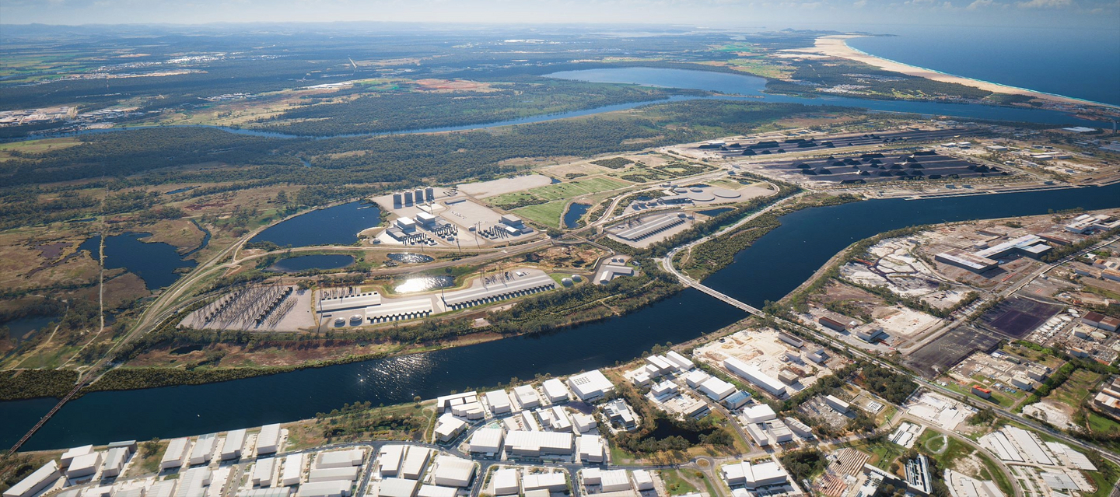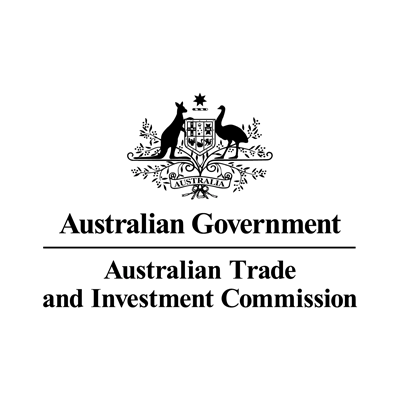Final design prioritises flexible infrastructure at Hunter Clean Energy Precinct
The completed design for the Port of Newcastle’s Clean Energy Precinct sets the direction for planning approvals and future construction, with flexibility built in to support a range of renewable energy uses.

The final design for the Clean Energy Precinct (CEP) at the Port of Newcastle has been released, setting out how the project will progress through planning and development as the Hunter region moves towards cleaner energy exports. The announcement was made by Minister for Climate Change and Energy Chris Bowen during a visit to the site last Friday, alongside Deputy Speaker Sharon Claydon and Port of Newcastle CEO Craig Carmody.
The CEP is located on Kooragang Island, an area previously reserved for coal infrastructure. It is now expected to support the production and export of clean energy, with the layout designed to handle a variety of energy types including hydrogen and ammonia. The port has deliberately left the door open for different technologies.
Craig Carmody said, “We are building for the future of our region, city, and port. As the design shows, we can accommodate different forms of clean energy, including ammonia and hydrogen. Port of Newcastle has always said we are agnostic when it comes to the type of clean energy produced at the Port’s Clean Energy Precinct.”
Mr Carmody described the release of the final design as the most substantial point reached in the project since it received $100 million in federal government funding. The updated plan has been informed by both technical studies and consultation with Traditional Owners and the local community. These inputs have helped shape the concept to support faster approvals for eventual construction.
“The final design for the Clean Energy Precinct is an important milestone in the project and for the future of clean energy in the Hunter region. This is the design that Port of Newcastle is offering global clean energy production companies and directs the planning approvals the Port will be seeking,” he said.
Detailed engineering and environmental assessments are underway and expected to be finished by the end of 2025. These will support the port’s planning applications for development and help prepare the site for construction of future production facilities.
Minister Bowen noted that the Hunter’s long-standing industrial strength made it a logical location for renewable energy infrastructure.
“The Hunter has been an industrial and economic powerhouse for decades, making the Port of Newcastle an ideal location for a Clean Energy Precinct that can support decarbonisation of heavy industry and connect Australia’s renewable resources to the world,” he said.
International interest in the precinct is already growing, particularly from partners in Japan, Germany, and South Korea. The final plan is expected to give those potential investors greater confidence about the site’s development path.
Federal Member for Newcastle Sharon Claydon said the design captures a shift in the city’s identity and future.
“This is a defining moment for Newcastle – a city that has helped power the nation for generations is preparing to power the future with clean energy.
“It’s hard to imagine a more powerful symbol of our region’s transformation – land once earmarked for a coal terminal will now be at the forefront of the global clean energy transition.”
The precinct is one of several redevelopment projects being led by the port to maintain its role in energy and trade as demand for coal declines. The site’s layout and flexibility are expected to attract companies involved in clean energy, advanced manufacturing and export services.
















